When to start planting weed mustard seeds
Each harvest removes some of the nutrients from the soil, and their presence is closely related to the yield of the crop. In order to restore the former fertility of the soil, it is necessary to carry out constant feeding. Organic fertilizers can be applied to the soil, but green manure is the most effective method.
This term refers to a technique during which some plants are cultivated and then introduced into the soil. This method allows you to saturate the soil with mineral and organic components (especially potassium and phosphorus) and improve its structure. An annual crop with a short period of growing vegetative mass can be chosen as a green manure. The most popular siderates, along with mustard, include rye, lupine and some legumes.
What is the use of mustard for the garden area?
Mustard seeds are extremely beneficial for the garden for several reasons.
- Quickly rid the garden, cultivated soil from weeds.
- This culture effectively fights against diseases - scab and late blight, which are susceptible to potatoes. This is due to the fact that mustard affects the binding of iron in the soil and thus the soil is healed. Therefore, with the planting of mustard, you can worry less about the diseases that potatoes suffer from. This plant is a good precursor for tomatoes, potatoes and some other crops.
- Mustard has excellent sanitary properties, therefore it effectively fights the pea moth, slugs and other pests.
- The culture has a voluminous biomass, which means that it is able to fill the soil with useful organic components, acting as a fertilizer.
- After fertilization in the form of mustard is applied to the soil, it will become looser. And thanks to the powerful root system of this plant, reaching 3 meters, the soil becomes more structured and begins to absorb more air and moisture. All of this has a beneficial effect on subsequently planted crops, such as potatoes or legumes.
- This green manure affects the components found in the soil, and they are converted into organic form.
- With the arrival of cold weather and the first snow falling, this plant lays down on the ground, thus protecting it from freezing.
- Mustard is a wonderful honey plant and therefore attracts many pollinating insects.
- This plant prevents nitrogen leaching from the soil.
- This crop is also good as a companion plant. It is able to influence the growth of beans and some trees.
Growing
Planting and growing this green manure is quite simple. The plant is adapted to almost any conditions and type of soil. It even tolerates frosts down to -5 degrees Celsius: they do not damage the greenery.
Mustard seeds are small, like tiny beans. But it is possible to take them by hand, which is why this plant is usually not sown, but planted in a row method. When planting, the distance between the rows of 20 cm and the gaps between the seeds of 10 cm should be observed. If the conditions for growth are favorable, then this plant is able to form sprawling bushes that need space.
When planting, do not overburden the seeds in the ground: this will slow down their growth and weaken the mustard.
The following planting depth is recommended:
- for clay soils - 1 cm;
- for sandy or loose - up to one and a half centimeters.
As a rule, when 4-6 days have passed after planting, the first shoots can be expected. If there is no extra time for planting or the culture is planted as fertilizer, then sowing of this plant can be carried out. Of course, with this method, one should expect a much lower germination rate than with a uniform planting. However, mustard will sprout in the spring. Such a "quick" planting method involves scattering the seeds of a given crop over the prepared soil in advance. You can bury the seeds in the ground using a rake. In this case, one should adhere to a consumption of 4-5 g of seeds per 1 square meter of soil surface.
It is important to consider that if the culture is used as fertilizer, then not all garden plants can be planted after it. So, mustard will not protect the following followers from diseases:
- radish;
- cabbage;
- different types of salad;
- radish;
- other cruciferous plants.
What is the best time to board?
Many gardeners, who have not previously met with mustard, are interested in when it can be planted in their summer cottage. The planting of white mustard, most often used as a fertilizer, is carried out in the spring, in April. It should be planted when the frost at night stops and the air warms up to a temperature of about +10 degrees Celsius and above.
In the fall, when the main crops occupying large areas will be harvested at the summer cottage, there are still several warm days, during which mustard can be used as a green manure. At this time, mustard can be planted in areas that were occupied by cereals and potatoes. Thus, large areas of soil will be healed.
In rare cases, mustard is planted before winter begins. This is done so that the seeds will sprout in the spring. In this case, it is important not to miscalculate the landing time. Seeds must be applied to cold, but previously loosened soil. They need not be disturbed until spring, but at the same time they should not be allowed to freeze. Therefore, it is possible to slightly increase the planting depth, since in spring melt water will certainly wash out the upper soil layer.
Soil tillage before planting
Soil processing before planting this plant depends on which predecessors (potatoes, legumes or other crops) grew in the area. However, in any case, it is necessary to moisten the soil, destroy weeds and level the upper soil layer to ensure better germination.
Presowing treatment consists of:
- harrowing the soil;
- cultivation;
- rolling the soil in order to provide a fine crumbly structure.
Proper care of mustard, protection from pests
Caring for the crops of this plant includes a set of measures aimed at creating optimal conditions for the growth and development of the plant. For mustard, post-sowing packing is important. To protect seedlings from pests, it is necessary to dress the seeds before sowing. For etching, you can use the drug "Oftanol". This remedy will help protect seedlings for 20-30 days from cruciferous flea beetles, which mustard can suffer.
If the planting was carried out without seed treatment, and fleas appeared on the seedlings, then the crops can still be saved if you use insecticides:
- Volaton;
- "Fastak";
- "Karate";
- "Zolon";
- "Sum-alpha" and others.
Advice
During the period when this plant will bloom, cabbage aphids can parasitize on it, especially if the mustard was planted in a year favorable for the reproduction of this pest. In this situation, it is necessary to carry out edge processing in time using the "Decis" tool.
After planting, plants should be watered evenly, focusing on the moisture content of the soil.
Outcome
Mustard is a useful plant for the garden. It can act both as a fertilizer for the soil and as a pest control agent.Planting the seeds of this plant does not carry anything complicated, because it is carried out directly into the open ground. It is also quite simple to care for this culture.
In recent years, white mustard has been increasingly found in garden plots. Undoubtedly, this culture has gained popularity among summer residents due to its beneficial qualities and effectiveness in pest control.
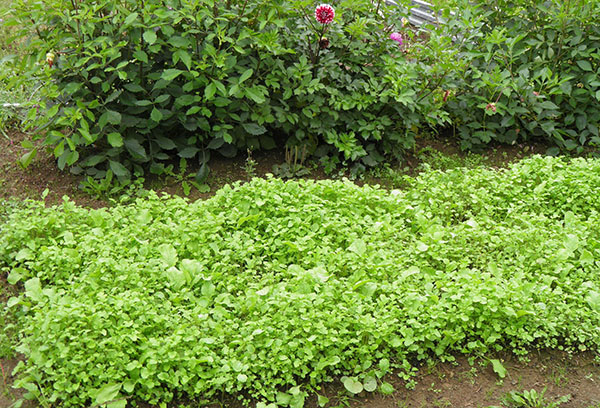
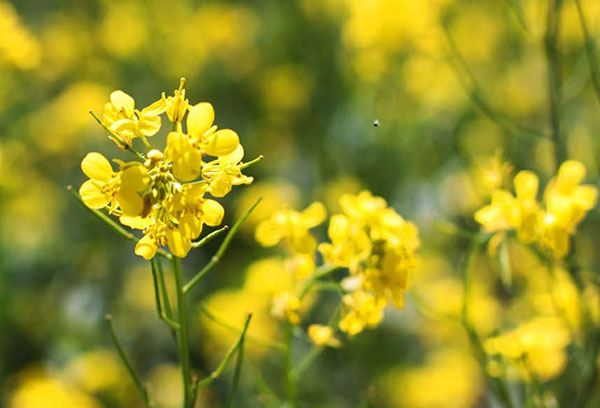
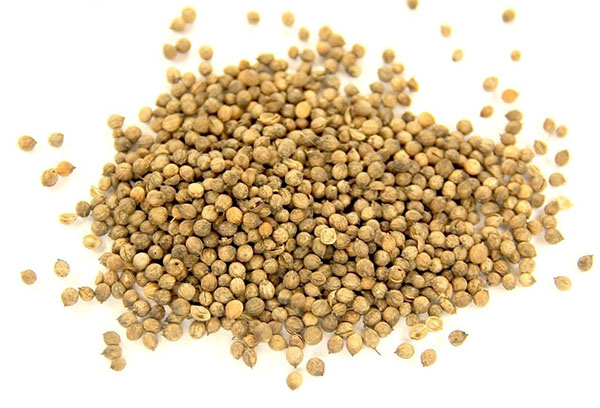
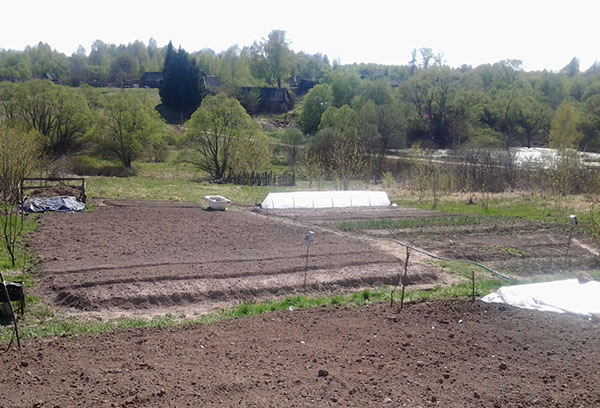
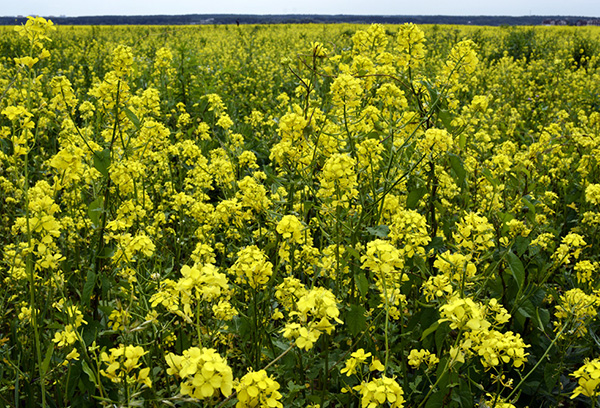
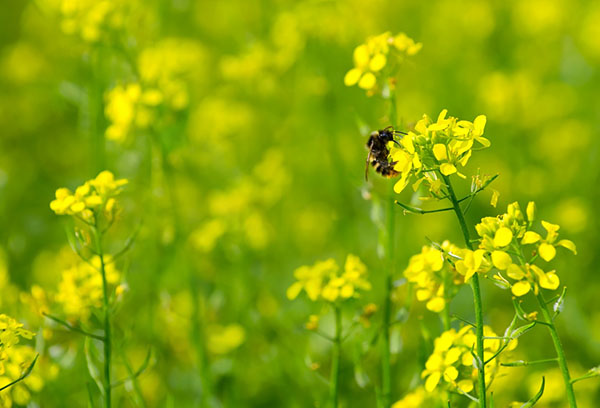
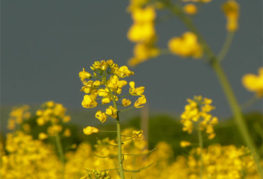
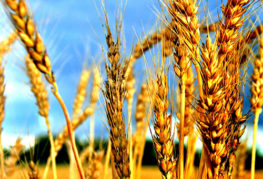
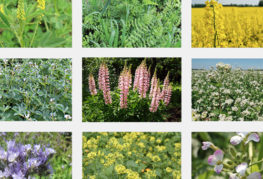
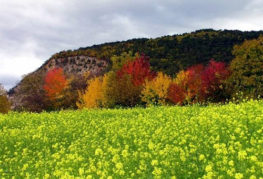
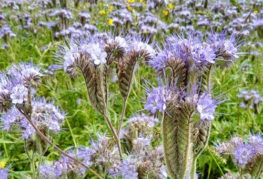
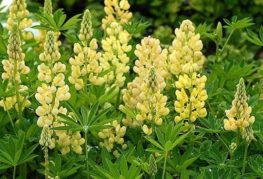
and will be published shortly.